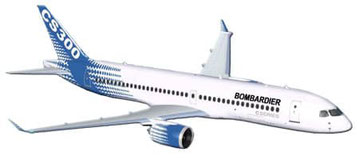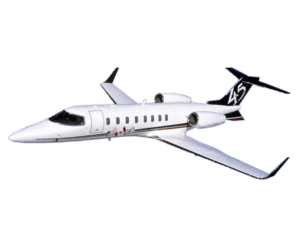
BOMBARDIER Aircraft Manuals PDF
History of Bombardier Aircraft
Some BOMBARDIER Aircraft Flight Manuals PDF above the page.
When Joseph-Armand Bombardier invented the snowmobile in 1937, he was unlikely to envision his company as an industrial giant in the transportation industry.
Bombardier originally specialized in the assembly of snowmobiles and the manufacture of rail vehicles, but the acquisition of Canadair Inc. in 1986 was the first of a series of steps to diversify the company and grow actively within the aerospace industry.
Over the next six years, Bombardier continued to grow and in 1989 acquired Ireland's Short Brothers plc, the world's first aircraft manufacturer.
This was followed in 1990 by the acquisition of the American company Learjet Inc. and de Havilland Canada in 1992.
In April 1996, Bombardier was reorganized into five groups: Bombardier Aerospace, Bombardier Transportation (railway technology), Bombardier Recreational Products, Bombardier Services (later Bombardier International) and Bombardier Capital.
Bombardier Aerospace's aerospace segment focuses on the design, manufacture, sale and service of regional airliners, business jets and general aviation.
And it was this group that led the company to new heights of prosperity in the last years of the 20th century.
In addition to the continued success of the CRJ 100 regional jet, Bombardier has launched other models, including two new business jets.
In 1998, the first Learjet 45 was released, which was developed jointly with Learjet, De Havilland and Shorts.
This super-light jet is capable of a cruising speed of 534 mph and has a maximum range of 2,120 nautical miles.
The most popular Bombardier aircraft currently are the Dash 8, as well as the CRJ100 / 200 / 440 and CRJ700 / 900 / 1000 regional jet lines.
In addition, Bombardier also manufactures the CL-415 amphibious firefighting aircraft, Global Express and Challenger business jets.
Learjet continues to operate as a subsidiary of Bombardier, producing light jet aircraft under the Learjet brand that can carry eight or nine people over short distances.


